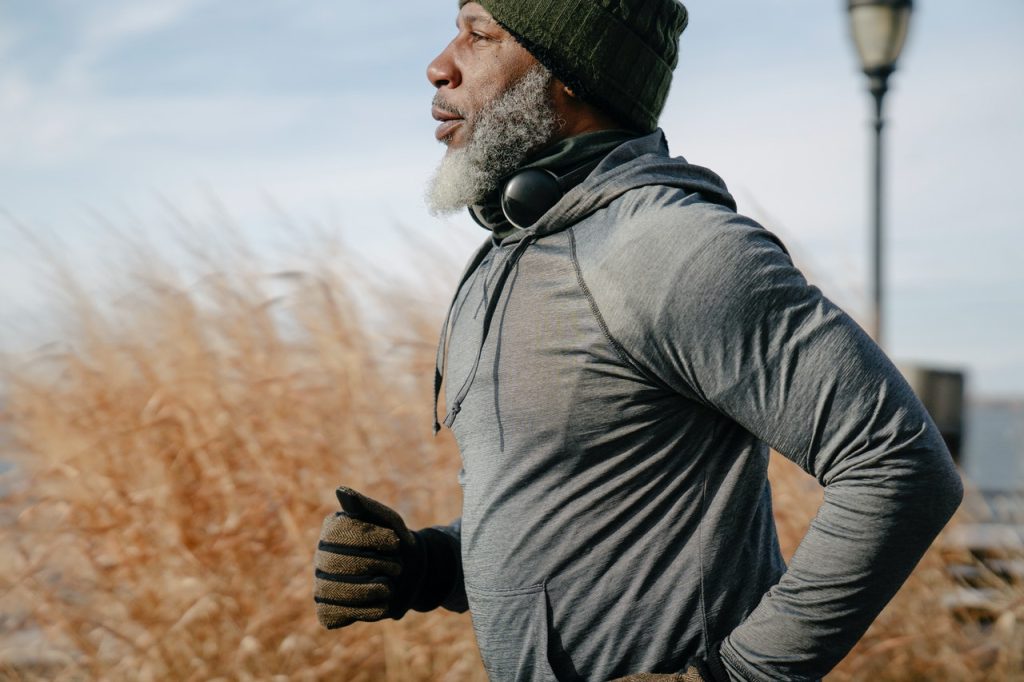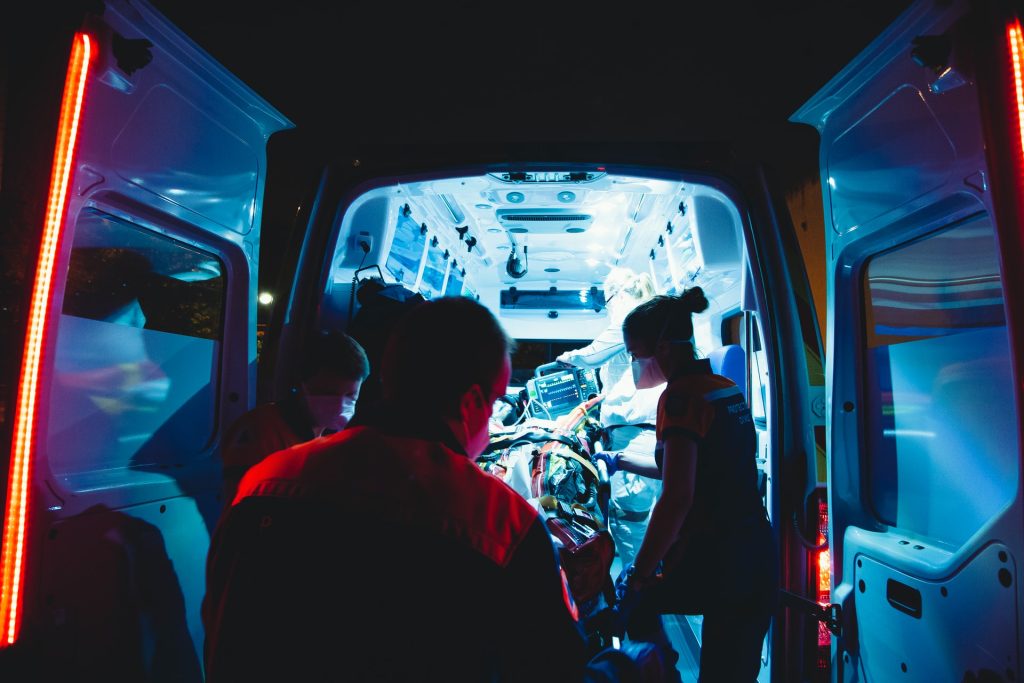Everything We Thought About Running Injury Development Was Wrong, Study Shows

A new study from Aarhus University turns our understanding of how running injuries occur upside down. The research project, published in The BMJ, is the largest of its kind ever conducted and involves over 5000 participants. It shows that running-related overuse injuries do not develop gradually over time, as previously assumed, but rather suddenly – often during a single training session.
“Our study marks a paradigm shift in understanding the causes of running-related overuse injuries. We previously believed that injuries develop gradually over time, but it turns out that many injuries occur because runners make training errors in a single training session,” explains Associate Professor Rasmus Ø. Nielsen from the Department of Public Health at Aarhus University, who is the lead author of the study.
The study followed 5205 runners from 87 countries over 18 months and shows that injury risk increases exponentially when runners increase their distance in a single training session compared to their longest run in the past 30 days. The longer the run becomes, the higher the injury risk.
Incorrect guidance for millions of runners
According to Rasmus Ø. Nielsen, the results cast critical light on how the tech industry has implemented so-called “evidence.” Millions of sports watches worldwide are equipped with software that guides runners about their training – both for training optimisation and injury prevention.
However, the algorithm used for injury prevention is built on very thin scientific grounds, according to Rasmus Ø. Nielsen.
“This concretely means that millions of runners receive incorrect guidance from their sports watches every day. They think they are following a scientific method to avoid injuries, but in reality they are using an algorithm that cannot predict injury risk at all,” he says.
Non-existing evidence behind guidance
The current algorithm, called “Acute:Chronic Workload Ratio” (ACWR), was introduced in 2016 and is now implemented in equipment from companies that produce sports watches, while organisations and clinicians, such as physiotherapists, also use the algorithm.
The ACWR algorithm calculates the ratio between acute load (last week’s training) and chronic load (average of the past 3 weeks). The algorithm recommends a maximum 20% increase in training load to minimise injury risk.
According to Rasmus Ø. Nielsen, the algorithm was originally developed for team sports and was based on a study with 28 participants. Due to the few participants in the study combined with data manipulation, the evidence base for using the algorithm to prevent running injuries is therefore “non-existent.”
Realtime guidance
The research team has therefore worked for the past eight years to develop a new algorithm that will be much better at preventing injuries for runners.
Rasmus Ø. Nielsen emphasises that he and the other researchers behind the study have no commercial interests in launching a new algorithm as a potential replacement for a method he himself criticises.
The algorithm will be made freely available to runners, companies, clinicians and organisations who can use it actively to guide training and injury prevention.
Rasmus Ø. Nielsen hopes that the new insights will be implemented in existing technology.
“I imagine, for example, that sports watches with our algorithm will be able to guide runners in real-time during a run and give an alarm if they run a distance where injury risk is high. Like a traffic light that gives green light if injury risk is low; yellow light if injury risk increases and red light when injury risk becomes high,” explains Rasmus Ø. Nielsen.
Source: Aarhus University



